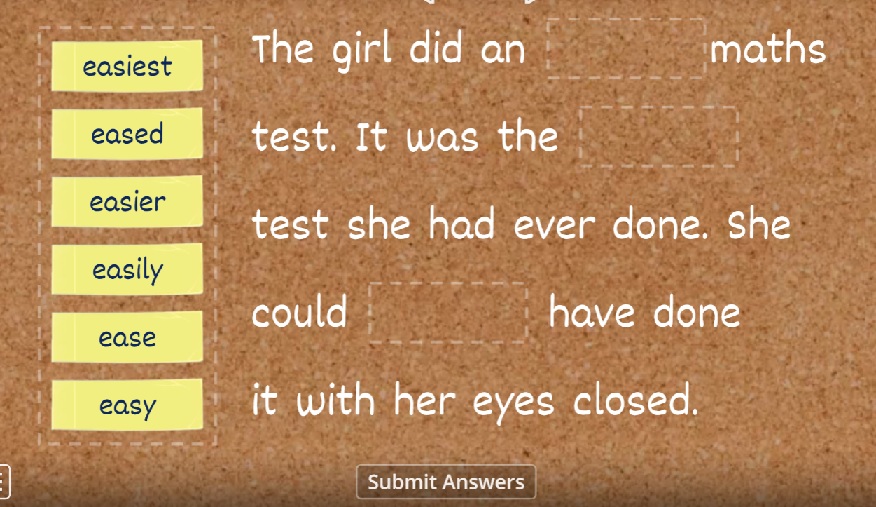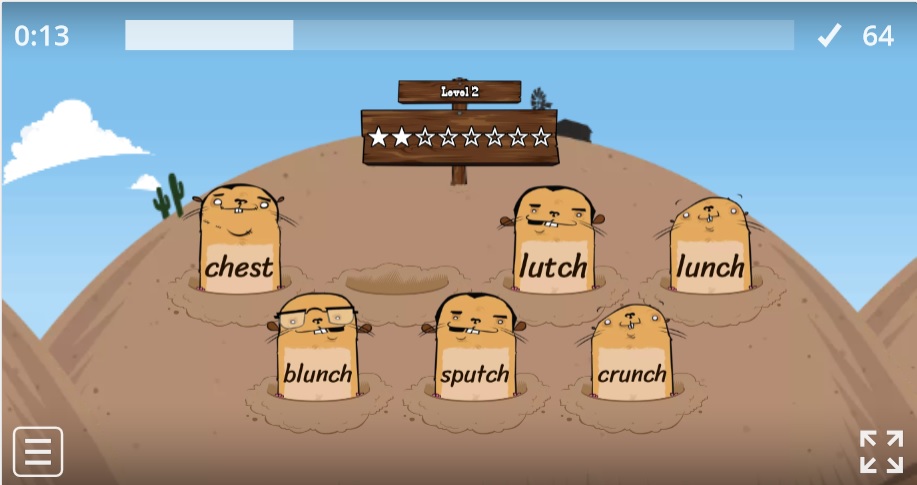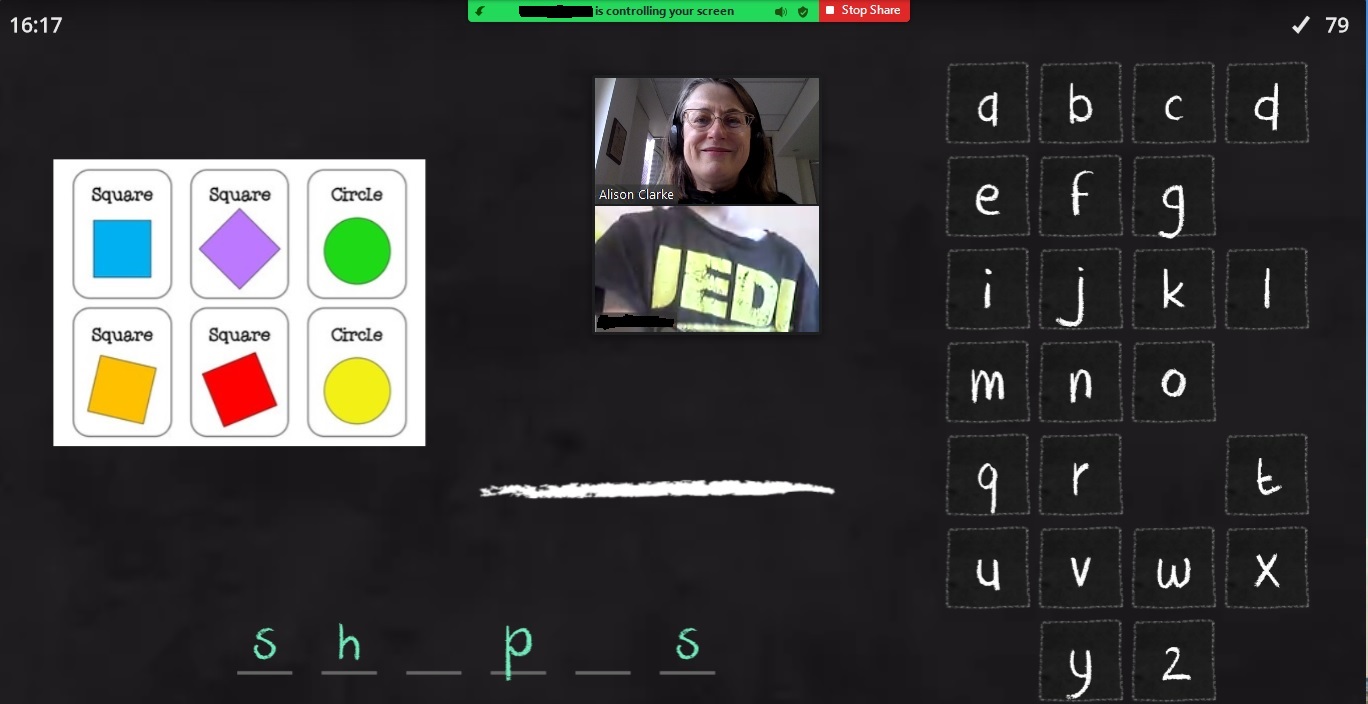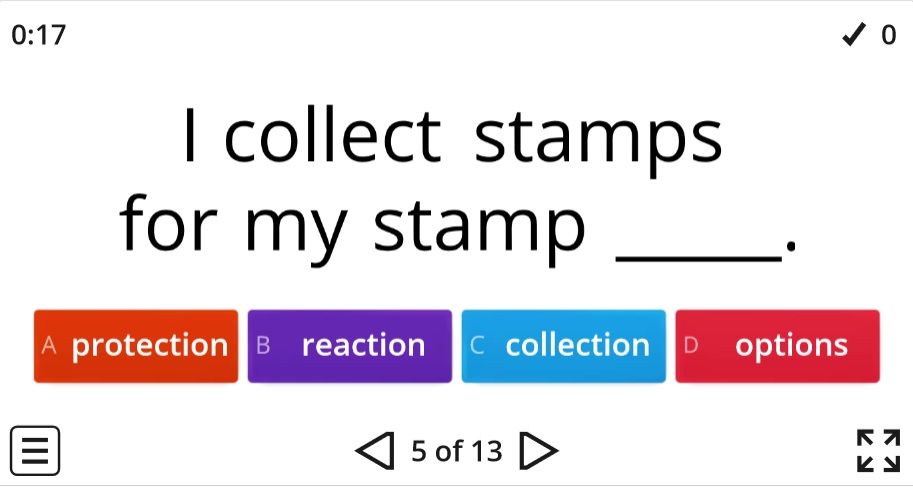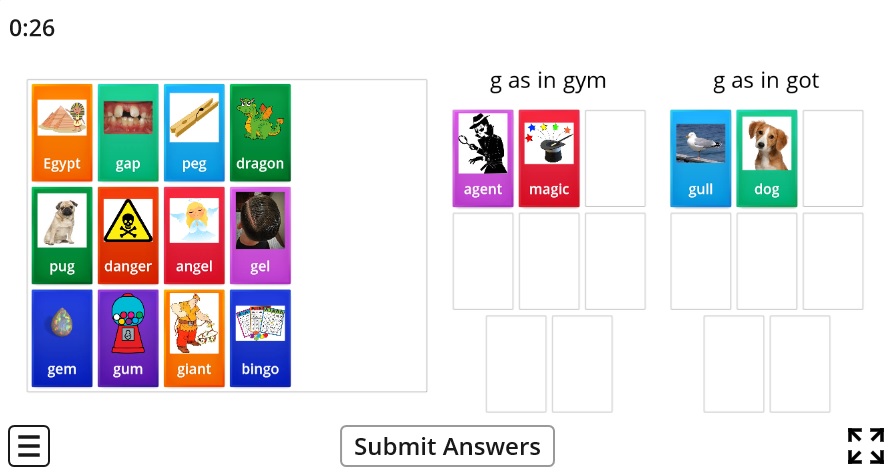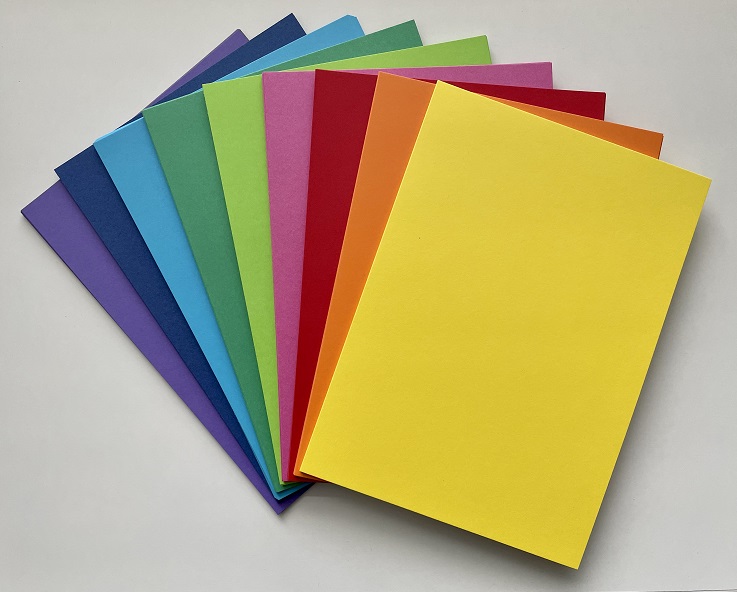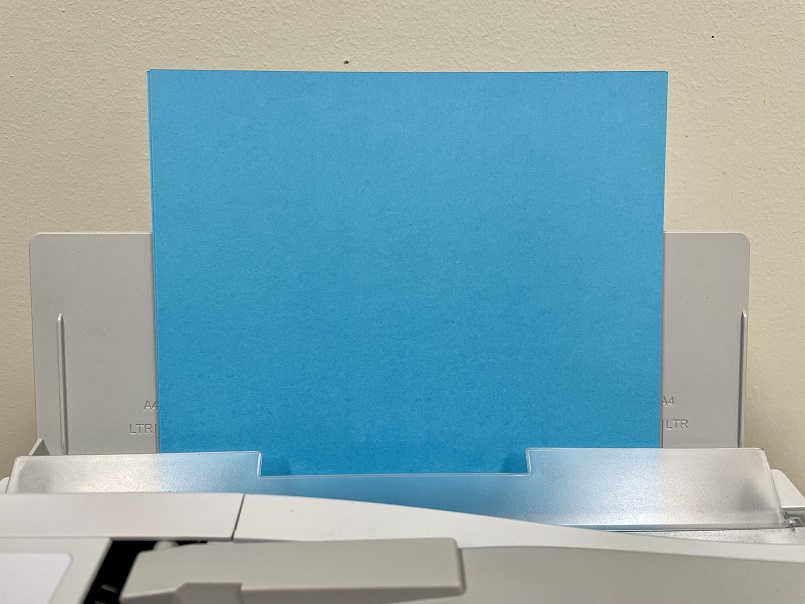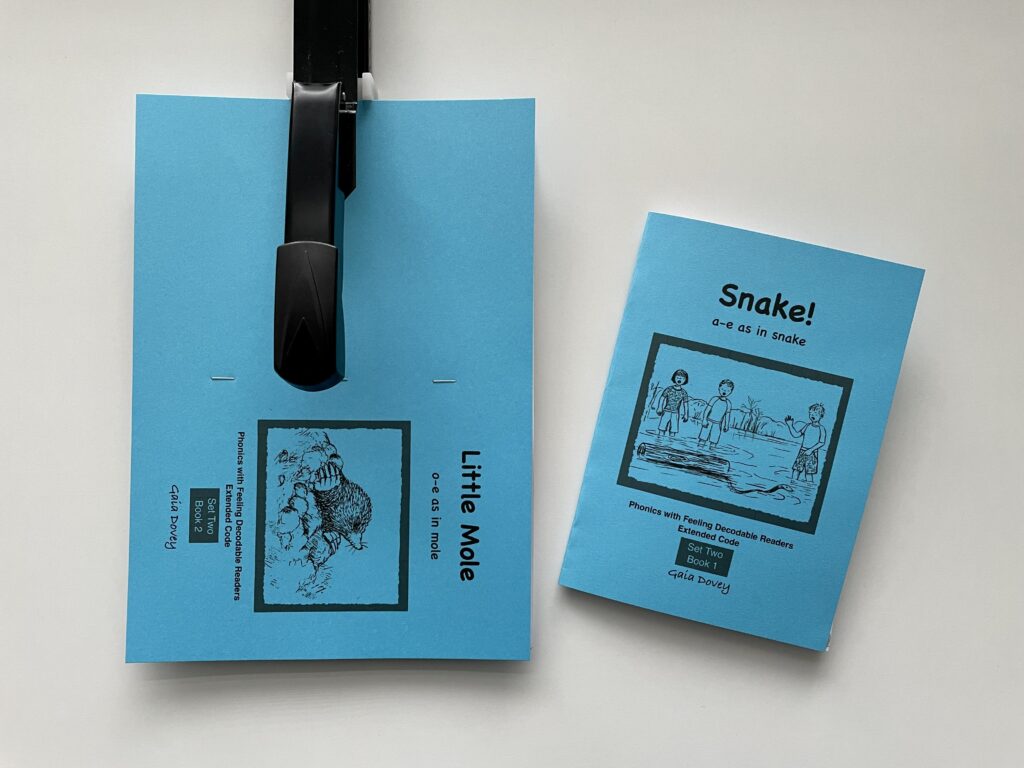1000 decodable quiz questions
7 RepliesAt last, our 100 download-and-print phonics quizzes for beginning readers are available here. Each has ten questions, and fits on an A4 page. Most questions have pictures. You can download a free sample of ten of them here. Here’s a 2 minute video about them.
Kids aren’t usually keen on tests, but enjoy quizzes, just as adults enjoy trivia nights. Reading and understanding a sentence at a time can be less daunting than reading, remembering and understanding a book, even a short one.
These quizzes follow the same teaching sequence as Sounds-Write Units 1-10, and the early Phonic Books and Forward With Phonics resources, since our client base is mostly struggling older learners. If you’re using a slightly different phonics teaching sequence, just check that you’ve taught all the sound-spelling relationships in each quiz before using it, perhaps as a review activity.
Writing decodable text is hard work. The literate adult brain constantly wants to focus on meaning not structure. It takes lots of discipline to think of good questions that don’t contain words that are too hard, especially at the early levels. The whole Spelfabet team has been involved in writing these quizzes, and have been extremely tolerant of my initially vague ideas and constant revisions. It’s taken much longer than expected.
We haven’t included an answer key because we hope the quizzes motivate children to ask questions and propose alternative answers/interpretations, argue for a ‘maybe/it depends’ option and otherwise think and talk. You can act as judge, assign a judging panel, or go with the majority view. Right and wrong answers are not as important as prompting children to read accurately and successfully.
We hope beginning and struggling readers enjoy and request these quizzes, and that they help build children’s reading ‘muscle’.
“These are just books kids can read!”
9 RepliesMy new favourite thing is an interview with US mum Jennifer Ose-MacDonald, about how she worked with her local library to create a collection of decodable books. It’s on the excellent Teach My Kid To Read YouTube channel.

Jennifer took action after she discovered that her local libraries only had books for beginners and strugglers full of too-hard “bomb words” which deflate their reading confidence. Bomb words. A term we need, I’ll be using it a lot. Brilliant.
Jennifer says (just after the 10 minute mark, if you don’t have time to watch the whole 15 minutes) “there’s a lack of understanding in the general population about what a decodable is, because it has a name, people think that it’s special, or that it’s only for a select group of people, and that’s a misunderstanding of what they are. So I think my new role is helping people understand that THESE ARE JUST BOOKS KIDS CAN READ! That’s all they are, they’re books kids can read. And if you want kids to read books, why don’t you look at these? And you’ll see that if you pick the books that are at the right skill level, they can get through a page without having to stop and get frustrated over a word that shouldn’t be there in the first place”.
This is the first in what looks like a series of videos, so I look forward to the next one.
We all want children to experience the joy of reading. Typical books for beginners offer joy and hope, but that hope is too often dashed. Decodable books offer joy and confidence.
Thanks to Heidi from Dyslexia Victoria Support for pointing out this video, and to the people at Teach My Kid To Read for making it. It made my day, I hope it made yours too.
New printable decodables and free quizzes
11 RepliesI’ve just made free follow-up Wordwall quizzes for all the Phonics With Feeling decodable readers, including three new Extended Code Set 1 books now available (update January 2022: There are now 5 books in this set).
The 41 quizzes, of ~20 questions each, are all in a folder called Phonics With Feeling here. I’ve also made printable versions without pictures, which you can download for free here.
The online quizzes are made in the basic Wordwall Quiz format, but you can use them in Gameshow Quiz format for a few more bells and whistles, which many children enjoy, though the timer freaks some highly anxious children out. Click at the right of the startup screen if you want to switch to Gameshow format:

Click on the Share button below each quiz to set it as an after-reading assignment.
The quiz questions are comprehension/concept questions about the Phonics With Feeling readers, which provide extra Really-Nail-That-Pattern practice for children in Years 1 or 2, or slightly older struggling learners. The Initial Code readers are also suitable for many children approaching the end of their first school year (we Victorians call them Preps). Each quiz is written at the same decoding level as the relevant reader.
The quizzes contain some deliberate garden path questions, and traps for picture-guessers and kids inclined to read the start and end of words, and guess the middles, e.g. “Did Red Hen make a net?” followed by “Did Red Hen make a nest?” I hope this makes skimming kids do a double-take, and look more closely at ALL the letters.
The three new Extended Code Set One Phonics With Feeling readers look like this once you’ve printed them with nice coloured cardboard covers:
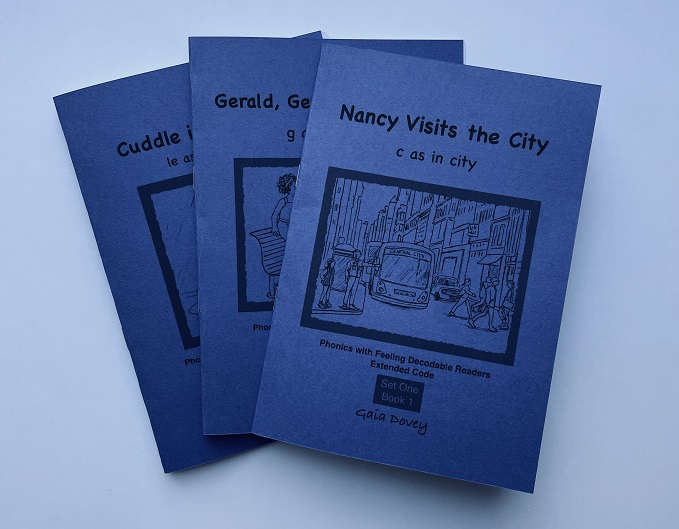
These new books target:
- /s/ as in ‘cent’ (spelt C),
- /j/ as in ‘gem’ (spelt G) and
- Unstressed final syllable ‘le’ as in ‘candle’ and ‘middle’.
Like all the other Phonics With Feeling books, the Parent/Aide version allows you to print up to 5 copies of each book for 40c per copy, plus printing and materials costs.
If you want to use the books with a whole class or caseload, the Teacher/Clinician versions allow printing of up to 30 copies of each book, which works out at 20c per print. We hope this allows teachers to use them as class sets, and have a few spares to replace any that get lost, leaked on by drink bottles, chewed by puppies etc.
The download-and-print quizzes don’t have pictures, and may be useful as follow-up paper-based activities, or you might like to turn the questions into Kahoot!s, or other games/competitions. If my quizzes are too long for your students, just leave some of the questions out, and tweak the remainder. Save yourself the brain-frying experience of writing decodable text from scratch.
40 Phonics with Feeling books are currently available, but I’ve made 41 Wordwall quizzes, because the last Set Seven book has two stories in it – ‘Sue and the Glue’ and ‘Robot Andrew’. The Phonics With Feeling Extended Code Set Three should be available in November, and will target single-letter ‘short/long’ vowels, providing children with many opportunities to practise ‘flipping’ vowel sounds till they get a word they know that makes sense in context (e.g. the ‘o’ in ‘poster’ and ‘roster’).
Still too hard for your learners? Try the new, free Sounds-Write texts
If these books and quizzes are too hard for your kids, and you need more basic decodable texts, Sounds-Write has a cute new free e-book First Steps Collection about strange pets (including a bug, a fox, a crab, a skunk, a moth, a chimp and a squid), for Units 4-11 of Sounds-Write. They’re a bit easier than the original Sounds Write books. Printed versions are also available, though I think at the time of writing they haven’t yet arrived at Australian suppliers DSF, Soundality or Rise Literacy.
If even those books are too difficult for your learner, we’ve made some 10-question WordWall quizzes for Sounds-Write Units 1-3:
- Unit 1 (I realised two of my local MPs are called Tim and Sam, so it’s nonfiction quiz)
- Unit 2 (the featured Pam is Prof Pamela Snow, again very much nonfiction)
- Unit 3.
We’re working on quizzes for later units now, if you can smell our brains frying.
Hope you find at least some of this useful, especially those of you who are still (like us, sigh) in COVID-19 lockdown. Stay well!
Top 10 online PA/phonics resources/activities
23 Replies200+ days in COVID-19 lockdown and no clear end in sight, so I’m scratching around for fresh ways to target phonemic awareness, phonics and morphology online. Maybe you are too. Here are some things I was SO GRATEFUL to find. A million thanks to their creators. Please add your favourite resources and ideas in the comments.
- Wordwall
I think my head would have imploded in the last 18 months without a Wordwall subscription (AUD$12 a month for all the games). I’ve made lots of activities which you can use for free, and so have many others.
Only the crossword and hangman games require spelling rather than reading to play, but not to create. I therefore get kids to help me create a game online: first choose a game, type the target words/sentences into it, then play the game, then go on the leader board. Playing the game again can be part of the homework, either on a computer or as a printable crossword or word search.
2. Phonic Books Moon Dogs At Home books and other resources
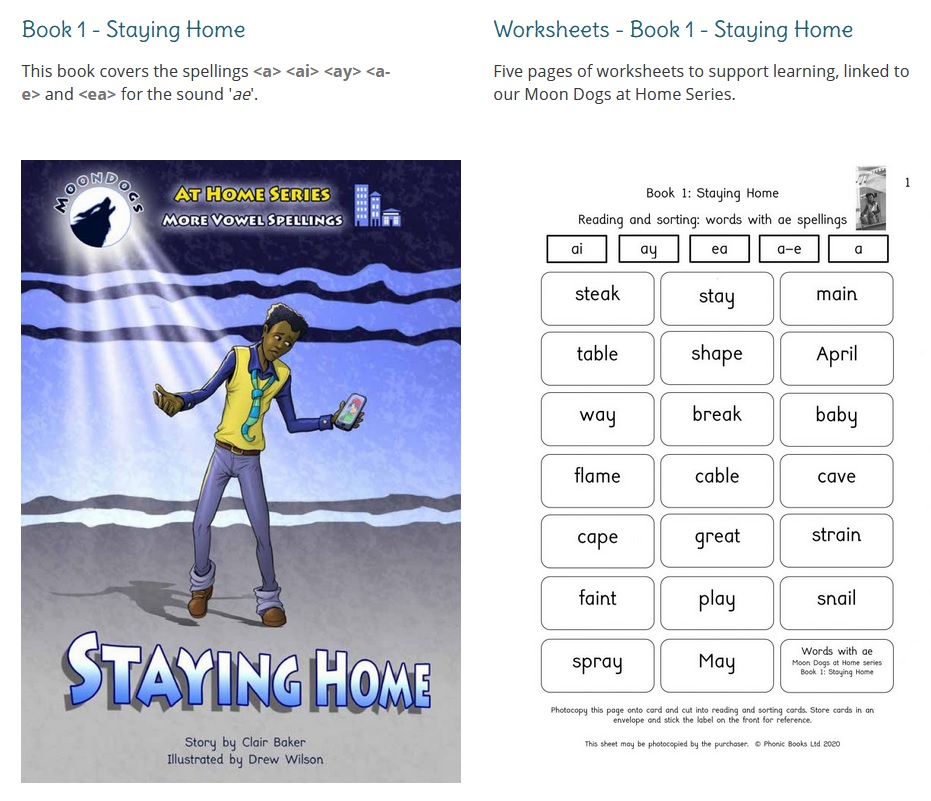
We use the physical Phonic Books resources a lot, and have found their free online resources very useful during our lockdowns. So generous, and so relevant. A lot of the WordWalls we’ve created also match their books’ teaching sequences.
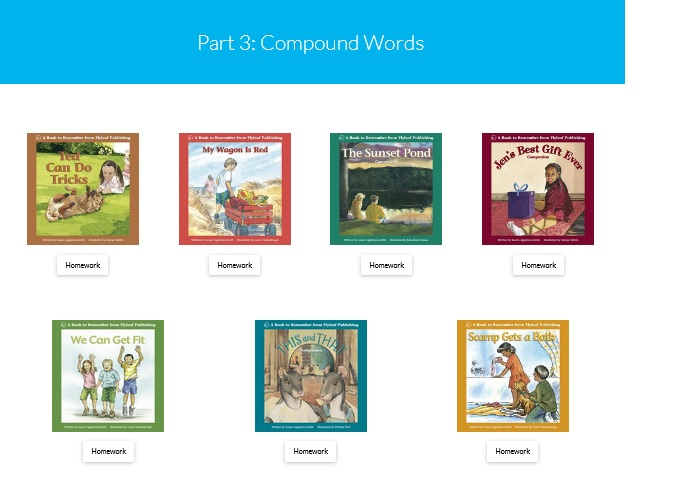
Flyleaf’s Online Portal contains lots of cute books from the UK which are perfect for online use, and all free at present, because of the pandemic. Again, so generous! Jen’s Best Gift Ever is my favourite, click here to read it, and here’s a comprehension quiz I’ve made as a follow-up activity (use it as a Gameshow Quiz for more pizazz).
4. ICT Games
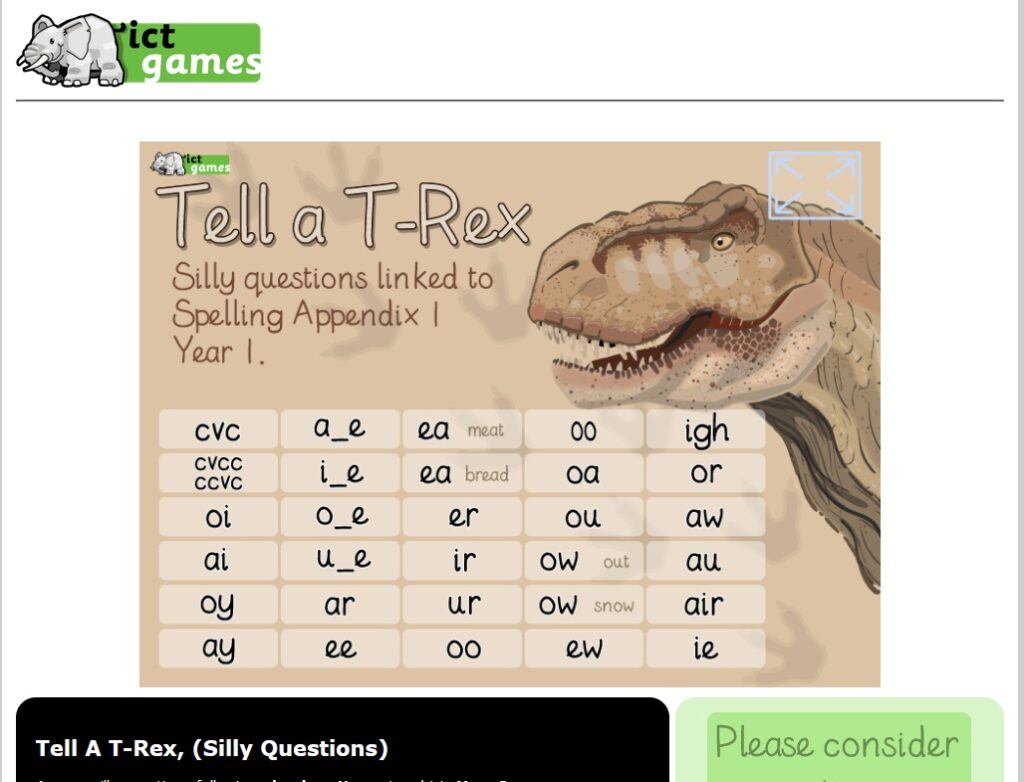
ICT games are all free online, and a quick, fun way to warm up or finish off a session. I often ask kids to type their own lists into Help A Hedgehog, then see how many they can read before the 90 second timer runs out. Other favourites are Tell A T-Rex, Poop Deck Pirates, Viking Full Circle, Forest Phonics, and Phonics Finder. This site runs on a donation model because the husband-and-wife team behind it think no child should be prevented from learning by lack of money. So if you can afford to donate, please do.
5. Sounds Write interactive whiteboard activities

If you’re using the program Sounds-Write, this USB contains heaps of activities ready for use online. They cover the Initial Code (one-letter=one-sound spellings plus major consonant digraphs) plus vowel spellings up to Sounds-Write Unit 28. The USB costs AUD$95, and I’ve definitely gotten my money’s worth.
Because many other Sounds-Write activities are provided as pdfs as part of the training, they have also lent themselves to online use (see item 8 below), and the Aussie/NZ Sounds-Write community has lots of great ideas and resources.
6. Little Learners Love Literacy apps and other resources
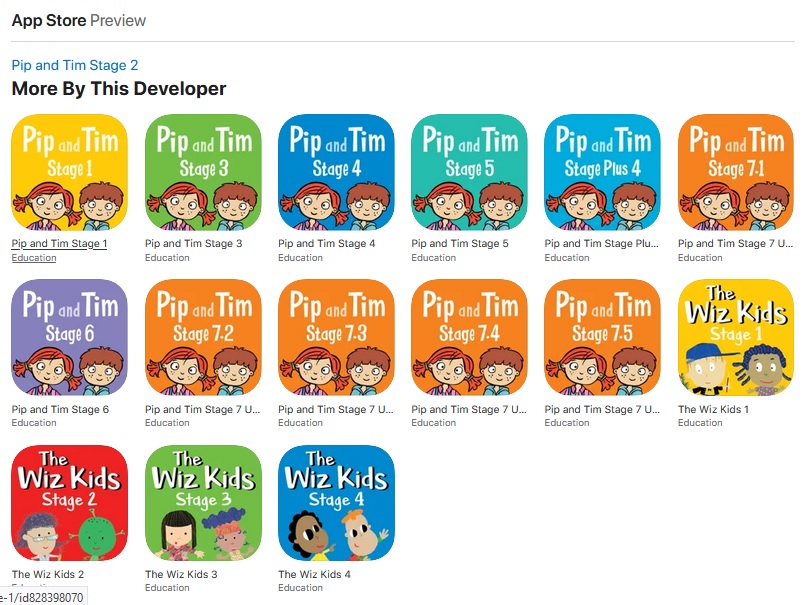
The app versions of the lovely LLLL books have been a great way to show young clients the books, by sharing the iPad screen online. Always affordable, the iPad versions are currently free till the end of September (at least in the Australian store). Which is so incredibly generous, and will help so many young, locked-down children learn to read. Lots of paper-based LLLL activities also lend themselves to online use, see item 8 below.
7. Powerpoint versions of decodable texts
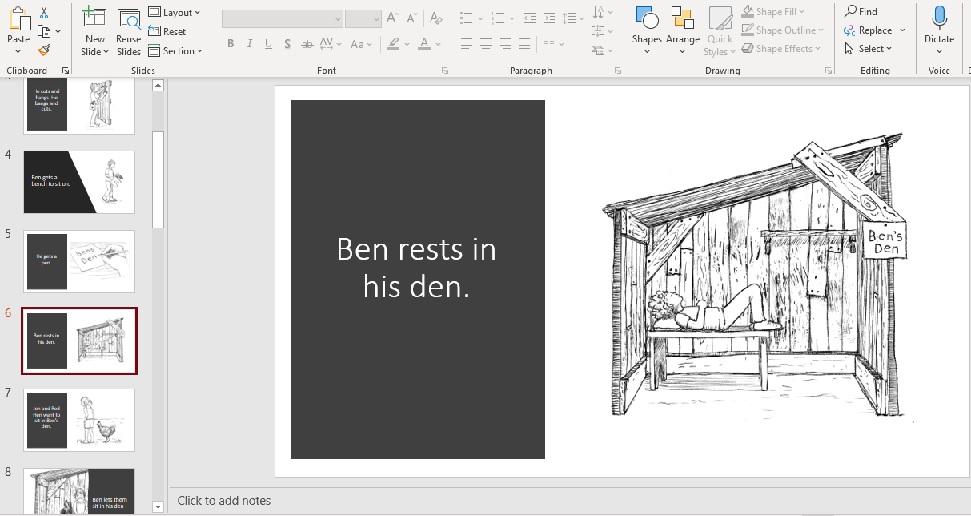
Some kids with good keyboarding skills like typing a simple story to dictation, to create a book they can then show a parent or teacher. I’ve used some Phonics With Feeling books for this, with author permission. I take screenshots of the pictures and paste them onto slides, type the text, then use Powerpoint’s formatting suggestions to make it look more schmick. Then I save it, delete the text and save it again under a different file name. Voila! A simple onscreen reading then spelling activity with large text.
8. Adobe Acrobat Reader editing tools
We use Zoom and it has been excellent, but I rarely use their whiteboard or editing tools. The free Adobe Acrobat editing tools work much better with pdfs. You can scroll through homework and cover it in ticks. You or the learner can type, change the font size and colour, and move text around. You can underline or put boxes around target words in sound searches (we play a guess-how-many-jellybeans-in-the-jar game with these, first guessing how many words with the target sound there will be). I just wish I could turn off the predictive text! (any ideas? I’ve tried everything!)

You can also play games (like the one above from Nicole Brady) using big dots as counters. Sounds-Write, Phonic Books and Little Learners Love Literacy books all have paper-based games that can be scanned as pdfs and used this way, and there are digital versions of the LLLL books. I use the iPad or iPhone app Make Dice held up to the camera for dice games, as I’m rubbish at online dice (all tips gratefully received). Make Dice can also replace the spinner for the Phonic Books Spin, Read and Spell games.
9. Kahoot!

I’m sad to say that I’ve only recently figured out that Kahoot! can motivate many kids to do quite a lot of reading. The best music teacher in the world (hi Roz!) told me it had revolutionised her lessons. Kids are often familiar with it from school, and think it’s fun and cool. We’re writing some downloadable quizzes now which should be easy to turn into Kahoot!s.
10. Jamboard
Google’s Jamboard is another useful tool I wish I’d discovered earlier. It’s like an online whiteboard with colourful post-it notes, from which I’ve made simplified versions of my moveable alphabet for word-building sequences, e.g. here the learner would be asked to change “stitch” into “switch”:
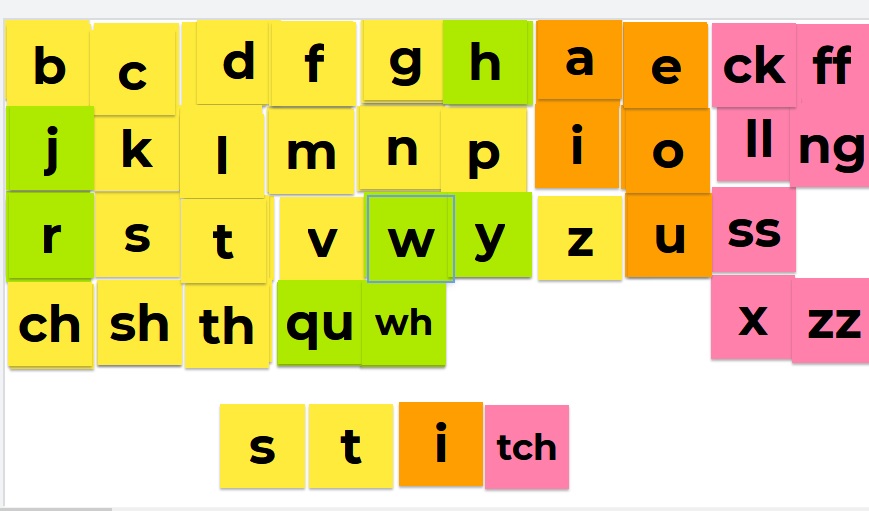
Kids tend not to stretch or rotate the tiles the way they have in other formats I’ve tried using for this activity. Jamboard is also a quick way to create neat word sorting activities:
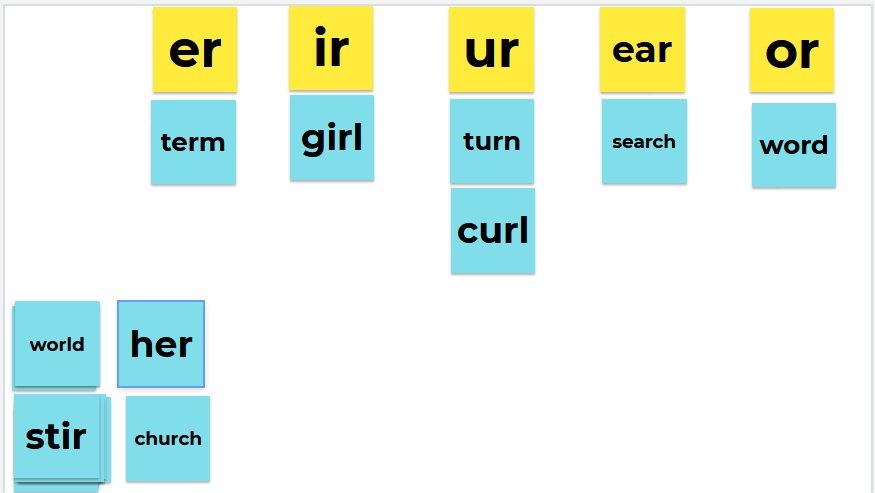
I get words for these sorts from my website’s sorted-by-sound lists (for same-sound-different-spellings activities) or sorted-by-spelling lists (for same-spelling-different sounds activities).
I hope you found some useful information in all that, especially if you’re still working online too. Pretty please leave any great ideas you have to share in the comments.
Phonics With Feeling books are now in the Spelfabet shop
11 Replies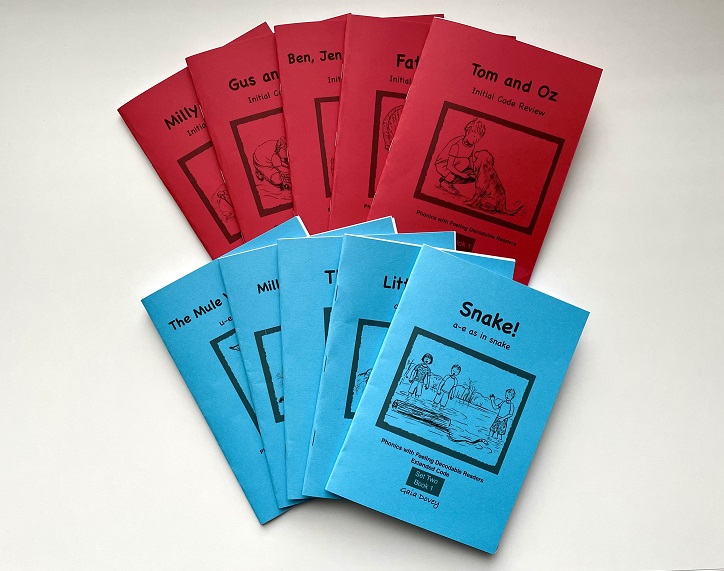
Six sets of the delightful, affordable, download-and-print Phonics With Feeling decodable books by Gaia Dovey are now available from the Spelfabet shop.
You can download and print a free sample book here. It’s about the ups and downs of siblings and pets, sharing and drawing boundaries, and solving problems. One boy I know got to this page…
….and exclaimed, “That’s just like my sister! She always wants to do my things, and it’s very annoying!” He was hooked. The cute illustrations add emotion and humour to the story. Some children might enjoy colouring them in.
Each set of books has a parent/aide edition (print up to 5 copies @ 40c per print) and a teacher/clinician edition (print up to 30 copies @ 20c per print). Not as cheap as the free-till-the-end-of September Little Learners Love Literacy apps (so generous!), but an affordable way to get multiple copies of printed decodable books.
These books are intended to complement, not replace, existing decodable readers. They aren’t for absolute beginners. The Initial Code Review set is intended for children towards the end of their first year of schooling or in Year 1. The Extended Code sets are intended for children in Years 1 and 2. Depending on the child, any of these books can be used with a slightly older learner who needs graphemes introduced at a fairly gentle pace, and heaps of practice. There’s only so many times you can read the same book.
These books have a higher word count than the typical decodable book, so are perfect for consolidation/fluency work. I imagine they’d also be great for extension work for children who can easily read the shorter, simpler books that are at the right level for most of their classmates, but haven’t yet been taught more complex spellings.
The author of these books has a PhD in literature, taught English language and literature, worked in teacher preparation, and originally wrote the books for her grandchildren. It shows. They aim to provide both reading success, and the pleasure and emotional engagement which motivates children to read. Their extra length allows for cohesive narratives, entertaining plots, engaging characters and themes worth talking about.
The Phonics With Feeling books originally had their own website, but it was too much hassle to run (if you’ve ever run a website, you’ll know what I mean). I nearly cried when they disappeared, and contacted the author to find out why. I’m already dealing with the hassle of a website, and she’s really nice, so we decided to join forces.
Only the first six of an eventual eleven sets of books are available now. The rest are on their way. The original books are being reorganised to match the teaching sequence in the Spelfabet version 3 workbooks and other materials, and a few extras are being written and illustrated.
Each set of books is downloaded as a pdf file, which you save to your computer, then print with (preferably) coloured covers. We’re using 220 gsm coloured cardboard for covers, printing the covers first, via the rear feed of the printer. Then we print the rest of the book on A4 paper on the “flip on short edge” setting, then assemble, fold and staple the books with our special book-stapling stapler (probably not its real name).
I hope you like these books as much as I do, and that they make many children excitedly shout things like, “That’s just like my little sister/brother!” while getting enough practice of major spelling patterns to become skilled and enthusiastic readers.
PS on 15/9/21: I’ve started making Wordwall quizzes as follow-up activities for these books, which can be played online for free, but you might need a subscription to access the printable version. The top of the first printable quiz looks like this:
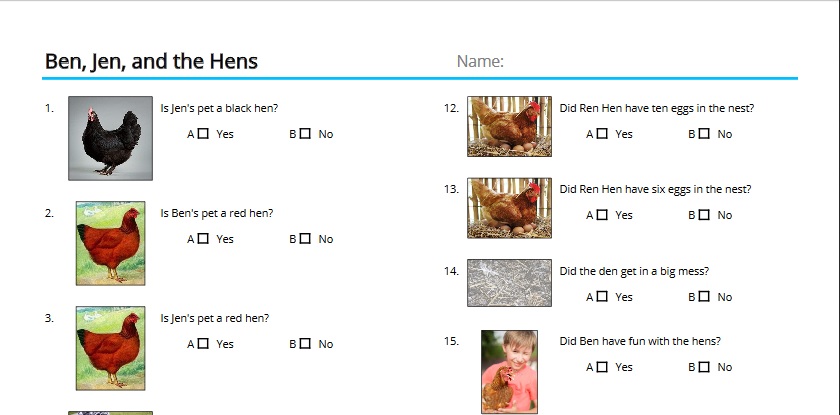
New low-frequency word spelling test
8 Replies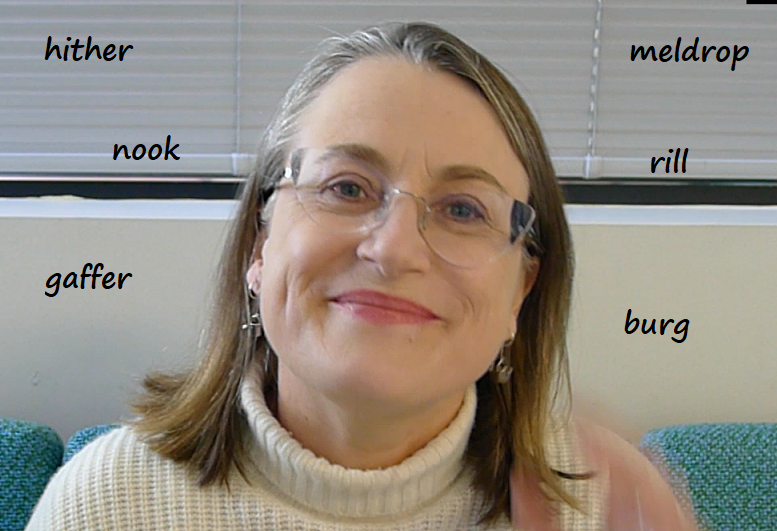
I’ve just finished the new version of the free Spelfabet low frequency word spelling test. Click here to download the file and save it to your computer for printing.
It contains 182 words in five levels, and follows the same teaching sequence as the version 3 Spelfabet workbooks. I hope it’s helpful in deciding where to start in these books, or just in identifying the spelling patterns your learners know, and which need attention.
So you can try the test on yourself first, I’ve filmed myself administering it from the wintry depths of Melbourne’s Lockdown 6.0 (yes, I am masking up and fully AZ vaccinated, the vaccine to get is the one you can get). You just need paper and a pen or pencil for this test, and each level takes between 5 and 15 minutes. Check your answers against the download, or with any walking dictionaries you know, perhaps you’re one.
Please don’t ask kids to do all five levels at once, just start with the level you think they can manage, or Level 1 if they’re in their first year of schooling, Level 2 if they are in their 2nd year and Level 3 if they’re in later primary school years. By mid-primary school most children should be able to have a decent crack at most of these words.
Level 1: 12 minutes
Level 2: 11 minutes. As you can see, my camera’s zoom lens has a mind of its own.
Level 3: 15 minutes (sorry, a bit long, I know)
Level 4: just over 4 minutes (phew!)
Level 5: 10 minutes
If you use the program Sounds-Write and/or the Phonic Books, the teaching sequence in this test is probably familiar. It matches the Dandelion readers Units 1-20, but with extra emphasis on word-building/prefixees/suffixes, then the Dandelion Split Vowel Spellings books (but with more ‘short/long vowels’ and prefix/suffix work and a few extra spellings), then the first set of Extended Code books (one vowel digraph at a time), then the Moon Dogs 3: Vowels sequence (revising one vowel digraph and adding a new one). I’m still working on the later levels, and will add these to the test over time.
The printed test is set out in columns with the target sound/spelling at the left, then the word, then a definition and then an example sentence. The last three levels also include words with analogous spellings e.g. for newly-minted it-word ‘rona‘, the analogy words might be ‘sofa’, ‘coma’ and ‘soda’. I won’t put any of the actual words on the test in this blog post, so they’re all fresh to you when/if you try it.
Please note that this test should not be used as a substitute for formal, standardised tests with norms, percentiles etc., though of course schools could gather data from it and work out their own local norms. It’s intended as an exploratory tool to shed light on what learners know about spelling, and help adults decide what to teach next.
I’d love to know what you think of this test, so please leave any feedback or suggestions in the comments.
New word-building sequences
3 Replies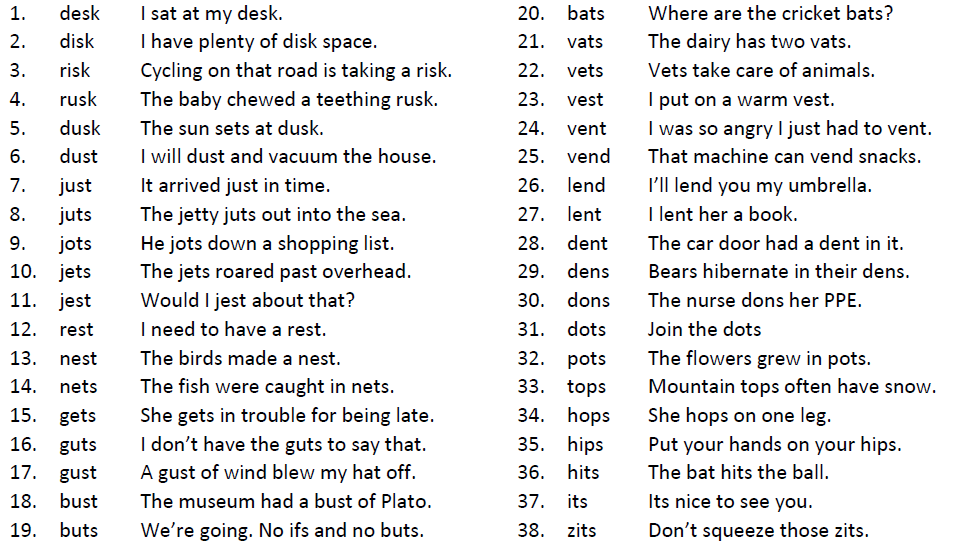
I’ve just revised my word-building sequences for the Moveable Alphabet to match the Spelfabet Version 3 workbooks.
The first set is available free from here. It follows the same teaching sequence as the Sounds Write program and books and Phonic Books Units 1-10, since we now use them here a lot. I’m hoping these sequences will be easy for parents and aides to use.
You can also build these sequences with the Embedded Picture Mnemonics flashcards if working with very young children, click here for a video showing you how.
The second set of sequences is $2 from here and the third is $3 from here. You’ll need a set of suffixes to build the third set, which are included when you download them. The suffixes are now also part of the basic Moveable Alphabet (I haven’t revised the advanced version yet, so just add the free download to it if you like).
Here’s a screenshot from the second set:
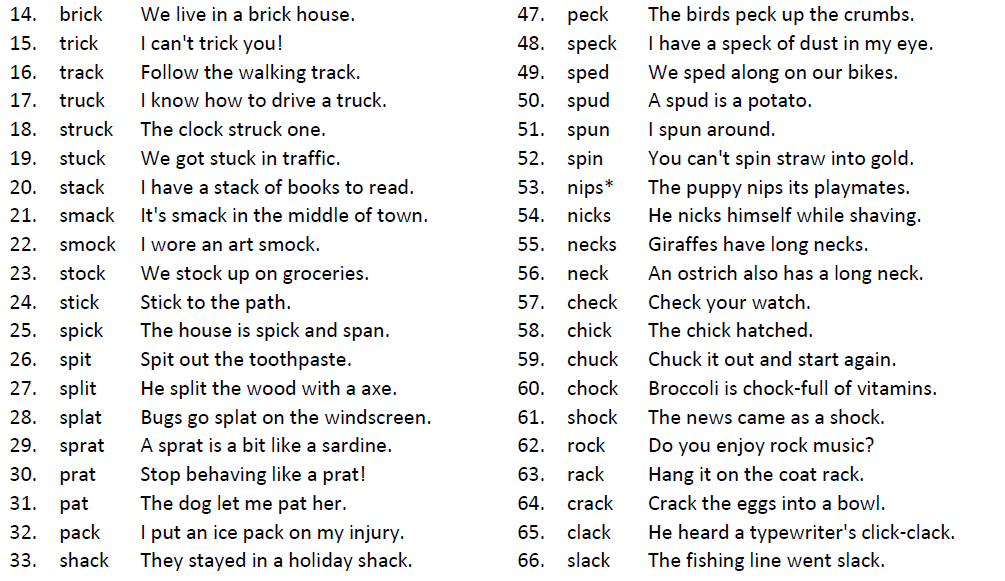
Here’s a screenshot from the third set:

I’m working on Level 4 sequences now, and updating the example teaching sequence (red button) under the website Spelling Lists menu to reflect the new workbooks and sequences. Sorry this is a process not an event – I’ve had a bit of overwork, lockdown and family drama burnout, plus it’s midwinter here in Melbourne, brrr.
On the cheerful side, Reading Science action now seems to be going on everywhere I look. Here’s just some of the gobsmacking free and cheap online learning on the amazing internets:
The AUSPELD Talking Literacy series
The LDA weekly Wednesday webinars
The Reading League YouTube channel, podcast and online academy
Think Forward Educators online events
La Trobe University SOLAR Lab short courses
Sounds-Write Phonics 1-to-1 symposium
Lyn Stone’s YouTube channel and website
Jocelyn Seamer’s YouTube channel and website
Aren’t they all great?! As Margaret Mead said, “Never doubt that a small group of thoughtful, committed citizens can change the world: indeed, it’s the only thing that ever has.”

